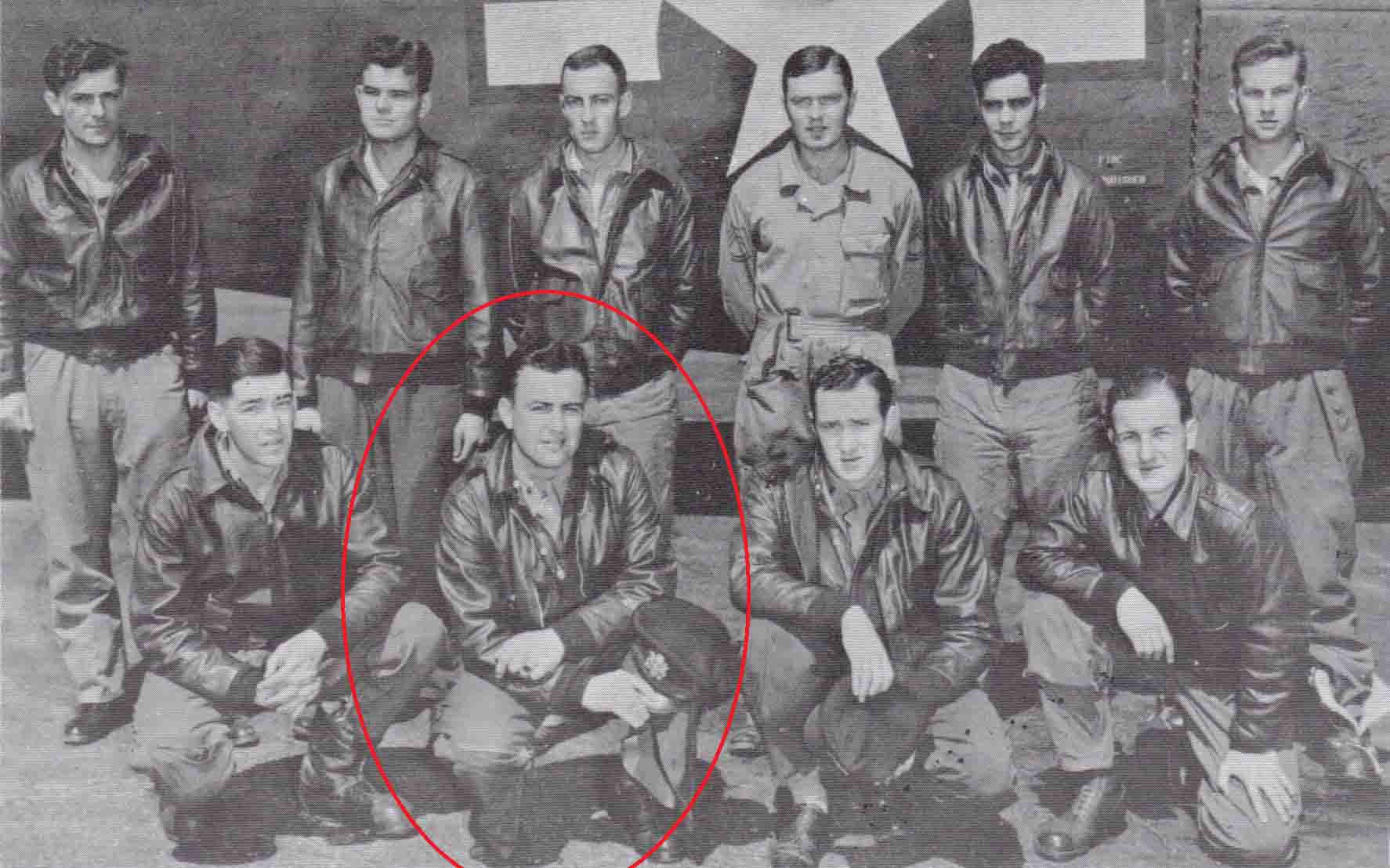James W. Dunlap was born on June 26, 1917. He served in the US Air Corps as a First Lieutenant. He served as an aviator in WWII and was one of over 2000 Americans who lost their lives defending China from their Japanese invaders from 1941-1945. He is commemorated on the The Monument to the Aviation Martyrs in the War of Resistance Against Japan in Nanjing, China. James died on October 9, 1944 at the age of 27 and is now buried in the Rice Cemetery, Elkhart, Elkhart County, Indiana, USA.
From Findgrave.com::
MISSION 273
MINE LAYING OF THE YANGTZE RIVER 9 OCT 1944
On the late afternoon of 9 October 1944, three B-24 “snoopers” equipped with LAB (Low Altitude Bombing radar) took off from Chengkung to mine the Yangtze River, south (upstream) of Hankow. Floating mines were used, it being the object of this mission to repeat the operation of mission No. 271 [of] 5 October 1944; and it was intended that the mines should float downstream to explode upon coming in contact with river shipping. The mines were laid exclusively by radar, the clouds extending below 400 feet. The radar mapped the river perfectly. No enemy planes or A.A. were encountered, but plane No. 832 [44-40832 MISS BERYL] which flew slightly closer to Hankow than anticipated, saw six searchlights which were turned on for a few seconds, but which failed to pick up the plane. Two planes landed safely at Chengkung, but one plane, No. 780 [44-40780 RED HOT RIDING HOOD], is missing. No radio contact was made with this plane after its takeoff.
Crew:
Pilot 1st Lt. James W. Dunlap
Copilot 2nd Lt. Theodore N. Dickson
Bombardier 2nd Lt. George A. Lescher
Navigator 2nd Lt. Wayne Schlentz
Engineer T/Sgt. William S. Clarke
Radio op T/Sgt. James W. Brown
Radar op S/Sgt. Walter S. Wilson
Gunner S/Sgt. Harold R. Dawson
Gunner S/Sgt. Ira J. Ingle
Gunner T/Sgt. Thadeus Nocek
Mine laying procedures would have the bomber descend to an altitude of 400 feet above the river. A Chinese civilian in the village of Hsia-k’eng witnessed the airplane explode in mid-air. He found the remains of eight crewmen. The pilot and copilot probably fell into the river and were not recovered. The Chinese collected the remains and buried them in small bamboo coffins. Four years later, someone from the village notified the U.S. consulate in Hankow of the eight graves. Forensic tests were able to identify S/Sgt. Walter E. Wilson, and he was buried in the National Memorial Cemetery of the Pacific in Hawaii. The seven others were buried as a group with a single granite marker at Jefferson Barracks National Cemetery, St. Louis, Missouri, on 29-Sep-1949. The pilot of the aircraft, Jim Dunlap, and copilot Theodore Dickson were unaccounted for and were presumably swept down the Yangtze. Unknown until after the war, “Ted” Dickson’s remains were recovered farther down the river and buried not far from the “Wuhan” cities. His grave was brought to the attention of the Graves Registration Service before the other eight were found. The pilot, Jim Dunlap, was never found. Dickson’s remains were brought to Schofield Barracks Mausoleum, and after final identification, the remains were brought back to San Francisco in August 1949. Mrs. Pat Meredith of Tacoma Washington, a younger sister, was given the option of having Ted buried at Arlington National Cemetery or in Tacoma. She asked that his coffin be brought to Tacoma. An officer with the rank of Captain accompanied the casket and was present at the funeral service and burial in a local cemetery on August 19, 1949.

PRIVATE CITIZENS SUPPORTING AMERICA'S HERITAGE
American
War Memorials Overseas, Inc.
War Memorials Overseas, Inc.
Dunlap James W.
Name:
James W. Dunlap
Rank:
First Lieutenant
Serial Number:
Unit:
Date of Death:
1944-10-09
State:
Indiana
Cemetery:
Rice Cemetery, Elkhart, Indiana
Plot:
Section 24
Row:
Grave:
Decoration:
Comments:
